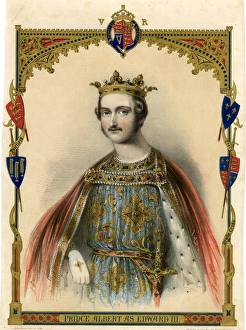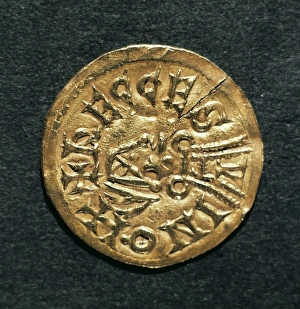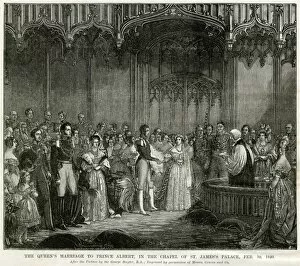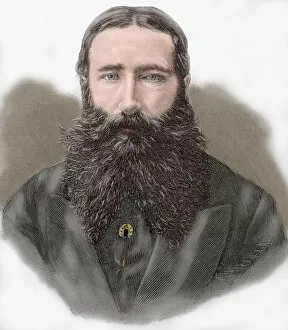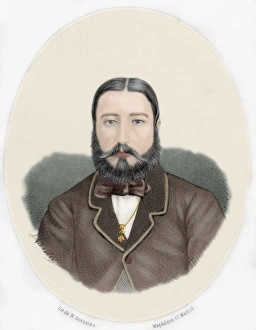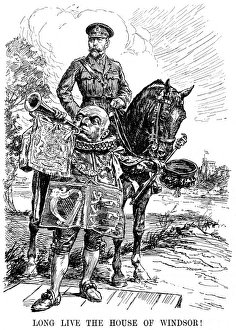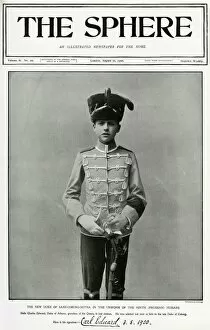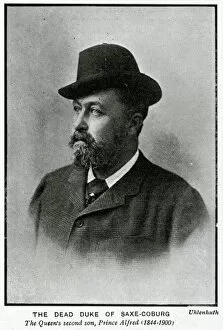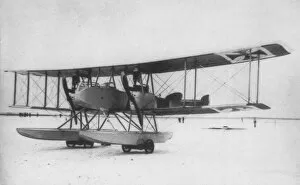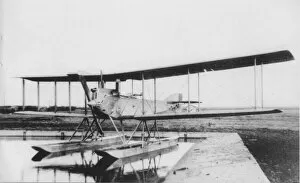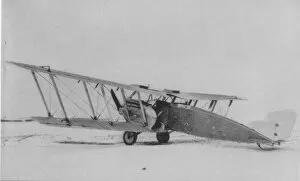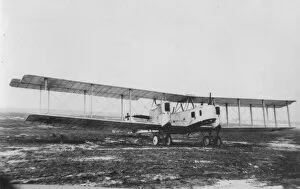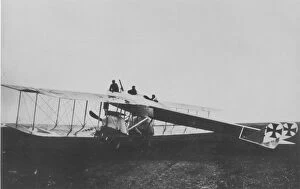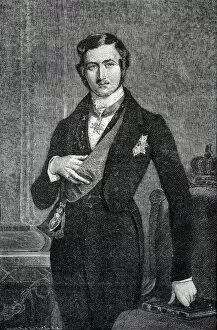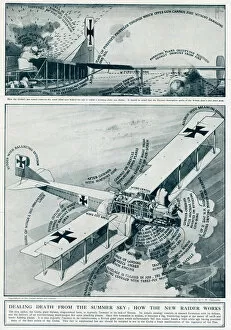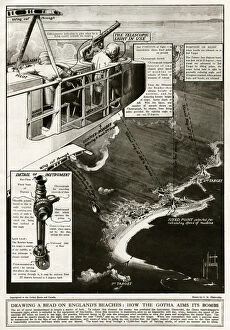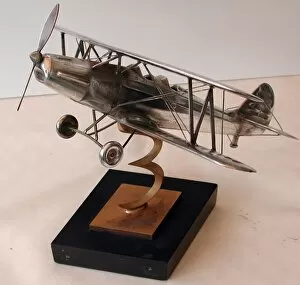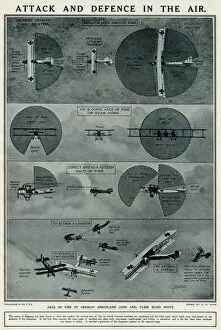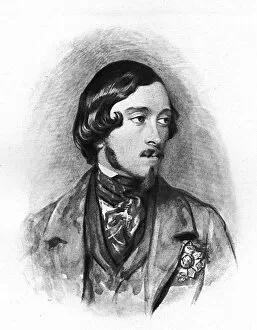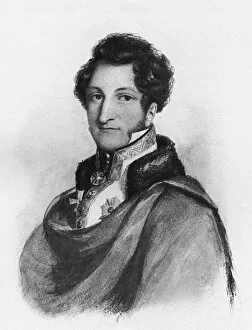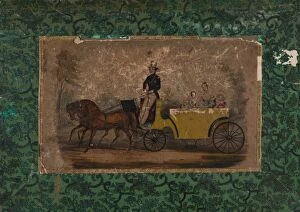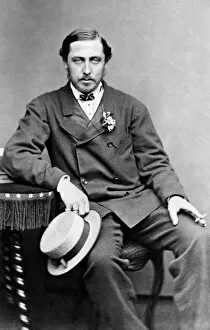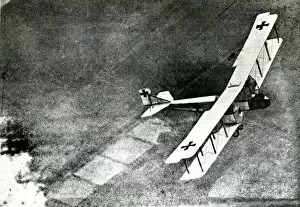Gotha Collection (page 5)
"Gotha: A Captivating Connection to Queen Victoria, Prince Albert, and Their Children" Step back in time to the royal family of Great Britain in 1897
All Professionally Made to Order for Quick Shipping
"Gotha: A Captivating Connection to Queen Victoria, Prince Albert, and Their Children" Step back in time to the royal family of Great Britain in 1897. Amongst the grandeur and elegance of this era, one name stands out - Gotha. This enchanting place holds a significant place in history, intertwined with the lives of Queen Victoria and Prince Albert. It all began with their marriage - a union that would shape an empire. As they exchanged vows, little did they know that their love story would forever be linked to Gotha. From His Royal Highness Prince Albert's drawing in 1845 emerged a vision for this remarkable town. Gotha Bomber may have taken on a different meaning today but once referred to an aircraft that soared through the skies during World War I. However, our focus lies beyond military endeavors; it is about exploring the roots itself. Delve into its rich heritage as we discover an original signature from none other than Albert Prince Consort himself. With his full name Francis Albert Augustus Charles Emmanuel Prince Of Saxe-Coburg-Gotha etched onto paper, it serves as a testament to his connection with this captivating place. But Gotha extends far beyond British borders; even Australia has felt its influence. Justus Perthes' map from 1872 showcases how this small German town left an indelible mark across continents. As we journey through time, let us not forget the beauty nestled within these walls. The fountain system Wasserkunst at Schlossberg beckons us closer while Friedenstein Castle adds charm to Thuringia's landscape. And who can resist exploring Gotha Market Place? Transport yourself back to Victorian times as you stroll through its bustling streets filled with vibrant energy and historical significance. However, not all tales are filled with joyous moments; some carry remnants of tragedy too. The mention of "The Gotha Raid, France" reminds us of the sacrifices made during times of conflict.





